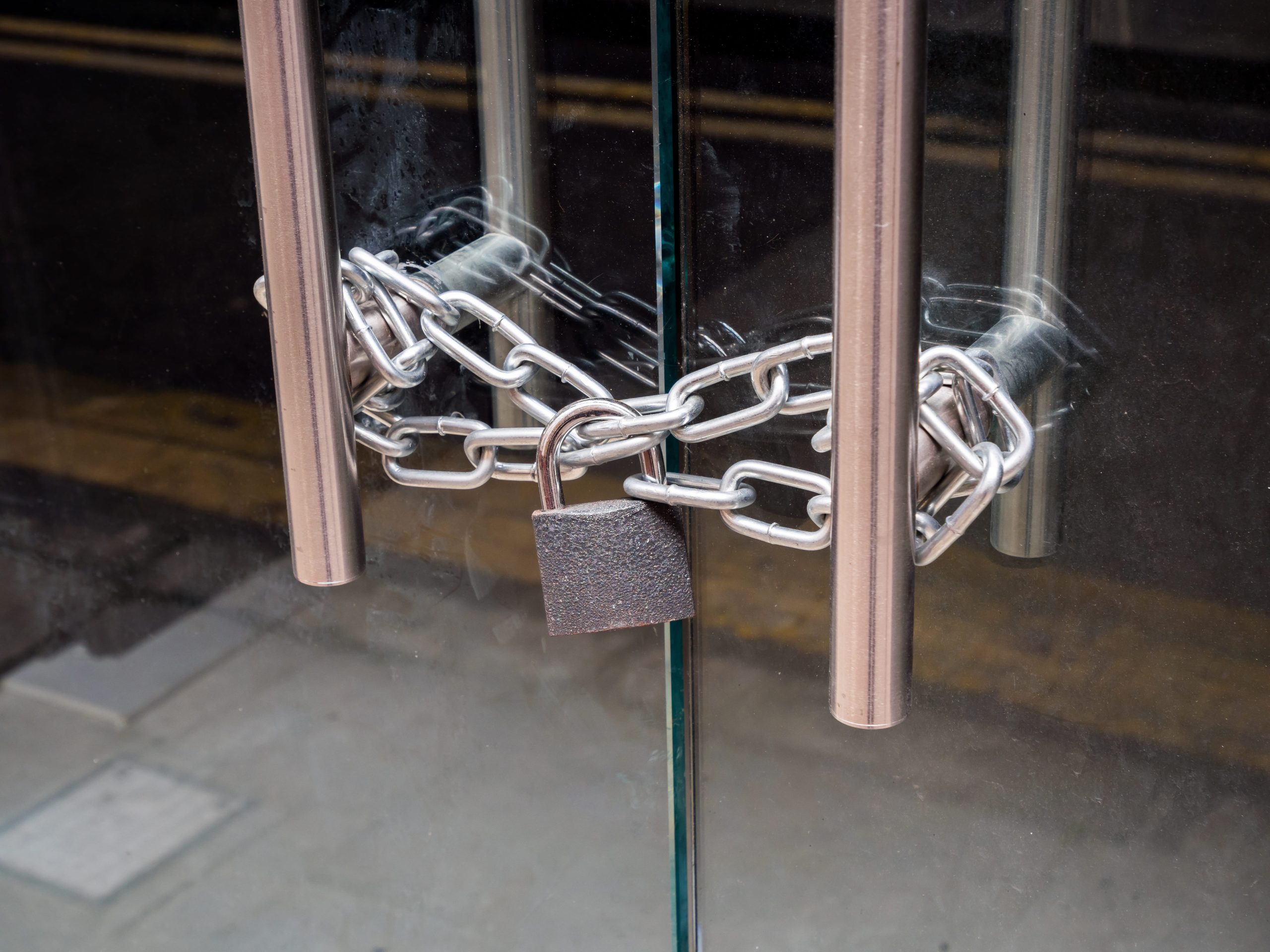BLOG
UK riots 2024 | Managing workplace closures and addressing staff safety concerns
Written on 7 August 2024

With violent protests breaking out across the UK, many workers are “fearing for their safety” as rioters turn to looting.
Ensuring the safety and wellbeing of staff is paramount, and from an employment law perspective, there are implications to keep in mind.
Below, we outline the steps employers should take if they find themselves needing to close their workplace for safety reasons or if employees refuse to attend work due to safety concerns.
If you believe the workplace isn’t safe: closing your business for safety reasons
If you determine that it is unsafe to keep the workplace open during the riots, it is essential to consider your legal obligations to your employees. Here is the recommended course of action:
Assess safety and feasibility
If you believe that the workplace cannot be made safe for employees, despite their readiness and willingness to work, and if flexible working arrangements (such as working from home or at an alternative location) are not viable, proceed with closure.
Communicate with staff
Clearly communicate the situation to your staff, explaining the reasons for the closure and the anticipated duration. Transparency is key to maintaining trust and ensuring that employees understand the rationale behind your decision.
Ensure staff receive full pay
According to UK employment law, if employees are ready and willing to work but cannot do so due to circumstances beyond their control (such as a workplace closure for safety reasons), they are entitled to their full pay. Ensure that all affected employees receive their regular pay during the closure period.
Review employment contracts
Check your employment contracts and any relevant company policies to confirm there are no specific clauses that address pay during emergency closures. However, the general principle of maintaining full pay typically applies.
Explore temporary alternatives
If the closure is expected to be prolonged, consider other arrangements such as temporary relocation to a safer site, if feasible, or discussing potential unpaid leave or using annual leave, with employees’ consent.
Stay informed and update plans
Keep abreast of developments regarding the riots and local safety advisories. Update your contingency plans and communicate any changes to your employees promptly.
By following these steps, you ensure compliance with employment law while prioritising the safety and wellbeing of your employees during this difficult period.
If your employees believe the workplace isn’t safe: dealing with refusals to work
If, however, you can demonstrate that it is safe for people to attend work but they are refusing, it is important to keep in mind the legal protections afforded to employees in these situations.
The relevant legislation here is Section 44 of the Employment Rights Act 1996. Under the Act, employees have the right to refuse to attend work or leave the workplace if they reasonably believe there is a serious and imminent danger to their health and safety. Employees are protected from any detriment or dismissal resulting from such refusal.
With this in mind, consider the following steps:
Take steps to ensure safety
As an employer, your foremost responsibility is to prioritise the health and safety of your employees. This entails maintaining an up-to-date risk assessment and implementing all recommended safety measures. Make sure you have shared this information with your employees, including the assessment’s findings and the actions you have taken to mitigate risk. As well as providing reassurance that the workplace is safe, this is a critical component of meeting legal obligations under health and safety law.
Address concerns and provide reassurance
If an employee raises concerns, speak with them to gather as much information as possible, making sure to approach the conversation sensitively. Address their concerns with objective evidence and refer to your risk assessment. Consider further measures to make the workplace safer, and if you are satisfied that no further steps can be taken, ask the employee to return.
Consider your options
If you are unable to put the employee’s mind at ease despite taking all reasonably practicable precautions, evaluate whether their refusal is reasonable and determine next steps accordingly. Consider options like paid leave, unpaid leave, or the use of accrued annual leave to find a mutually agreeable solution.
Initiate disciplinary procedures
If an employee is absent without leave (AWOL) after being instructed to attend work and you have established that it is safe, follow your usual disciplinary procedures. This may include issuing warnings and taking further disciplinary action if necessary. Always seek advice first.
By addressing employees’ safety concerns thoughtfully and following proper procedures, employers can ensure a fair and lawful response to any refusals to attend work.
Need support?
At WorkNest, we understand the various Employment Law and Health & Safety challenges businesses face during times of civil unrest.
Whether you’re dealing with employees participating in the riots or need support keeping your workforce and workplace safe, WorkNest is here to help you navigate these complex issues. For advice and guidance, please reach out to our team on 0345 226 8393.
